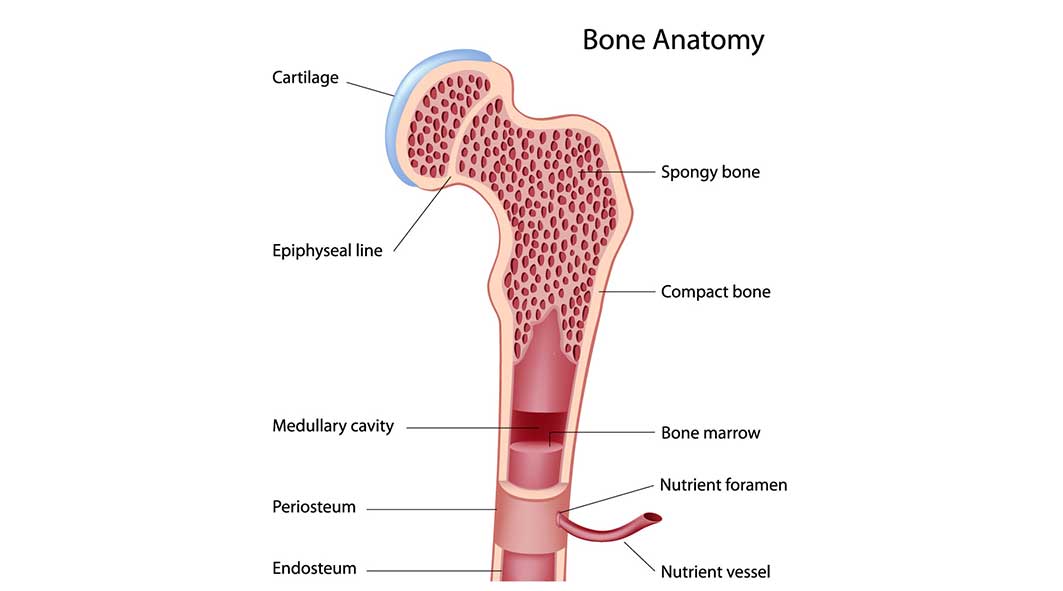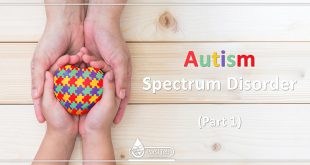What Is Bone?
To understand osteoporosis, it is important to learn about bone. Made mostly of collagen, bone is living, growing tissue. Collagen is a protein that provides a soft framework, and calcium phosphate is a mineral that adds strength and hardens the framework. This combination of collagen and calcium makes bone strong and flexible enough to withstand stress. More than 99 percent of the body’s calcium is contained in the bones and teeth. The remaining 1 percent is found in the blood.
Two types of bone found in the body—cortical and trabecular. Cortical bone is dense and compact. It forms the outer layer of the bone. Trabecular bone makes up the inner layer of the bone and has a spongy, honeycomb-like structure.
•Bone Remodeling
•The Bone Bank Account
•Women, Men, and Osteoporosis
•Osteoporosis Prevention
•For Your Information
Bone Remodeling
Throughout life, bone is constantly renewed through a two-part process called remodeling. This process consists of resorption and formation. During resorption, special cells called osteoclasts break down and remove old bone tissue. During bone formation, new bone tissue is laid down to replace the old. Several hormones including calcitonin, parathyroid hormone, vitamin D, estrogen (in women), and testosterone (in men), among others, regulate osteoclast and osteoblast function.
The Bone Bank Account
Think of bone as a bank account where you “deposit” and “withdraw” bone tissue. During childhood and the teenage years, new bone is added to the skeleton faster than old bone is removed. As a result, bones become larger, heavier, and denser. For most people, bone formation continues at a faster pace than removal until bone mass peaks during the third decade of life.
After age 20, bone “withdrawals” can begin to exceed “deposits.” For many people, this bone loss can be prevented by continuing to get calcium, vitamin D, and exercise and by avoiding tobacco and excessive alcohol use. Osteoporosis develops when bone removal occurs too quickly, replacement occurs too slowly, or both. You are more likely to develop osteoporosis if you did not reach your maximum peak bone mass during your bone-building years.
Women, Men, and Osteoporosis
Women are more likely than men to develop osteoporosis. This is because women generally have smaller, thinner bones than men have and because women can lose bone tissue rapidly in the first 4 to 8 years after menopause because of the sharp decline in production of the hormone estrogen. Produced by the ovaries, estrogen has been shown to have a protective effect on bone. Women usually go through menopause between age 45 and 55. After menopause, bone loss in women greatly exceeds that in men. However, by age 65, women and men tend to lose bone tissue at the same rate. Although men do not undergo the equivalent of menopause, production of the male hormone testosterone may decrease, and this can lead to increased bone loss and a greater risk of developing osteoporosis.
Osteoporosis Prevention
Osteoporosis is preventable for many people. Prevention is important because although there are treatments for osteoporosis, a cure has not yet been found. A comprehensive program that can help prevent osteoporosis includes:
•a balanced diet rich in calcium and vitamin D
•weight-bearing exercise
•a healthy lifestyle with no smoking or excessive alcohol intake
•bone density testing
•medication, when appropriate
 Parsi Teb Physical and Mental Health Journal
Parsi Teb Physical and Mental Health Journal 



